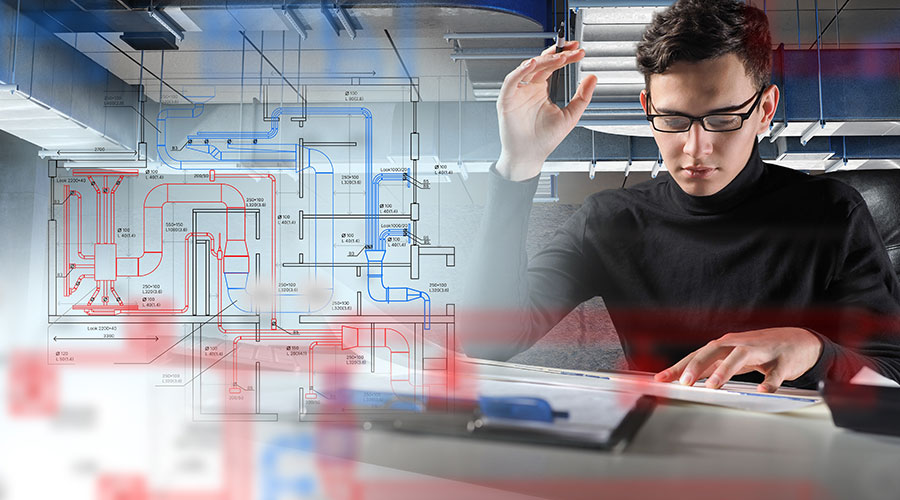Infrared Cameras Uncover HVAC, Roofing Issues
Advances in infrared-imaging technology have produced a camera that more efficiently and cost-effectively creates images of ordinarily invisible infrared energy emitted from any objects.
Infrared energy is invisible because it is a form of long-wavelength light outside the range unaided human eyes can detect. But such long-wave energy emits heat, which the infrared camera measures.
All objects with a temperature above absolute zero emit heat. The higher the temperature, the greater the amount of heat energy emitted. Infrared imaging allows technicians to convert this energy to visible images.
Infrared measurement offers technicians non-destructive, non-contact measurement capabilities. An infrared unit can record an object’s temperature while the object is in normal use. Nearly everything gets hotter before it fails, making infrared cameras extremely cost-effective, valuable diagnostic tools in many diverse applications, particularly predictive maintenance.
As institutional and commercial facilities strive to improve the efficiency of equipment and systems, manage energy, and enhance worker health and safety, technicians are finding new applications for infrared technology.
New portable, infrared cameras are smaller and easier to hold than their predecessors, and they provide higher resolution and greater sensitivity. Instruments generally fall into two groups: non-calibrated and calibrated.
Non-calibrated models show a visual display of the heat signature, similar to a multi-colored inkblot. Calibrated types display both a heat signature and a temperature reading. That reading gives an accurate measure of temperature rise from a previously established baseline.
This feature makes it even more useful as a predictive maintenance tool because the technician can see how far above the baseline the current reading is, as well as how close it is to the preset, allowable limit.
Related Topics:












